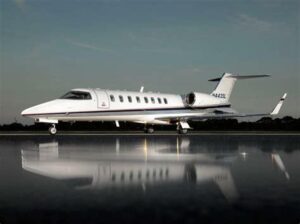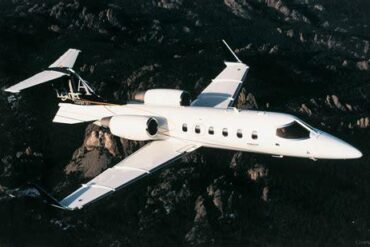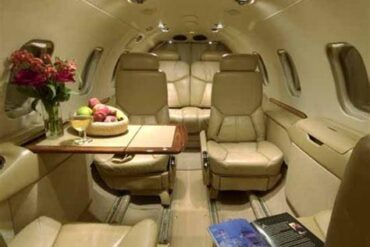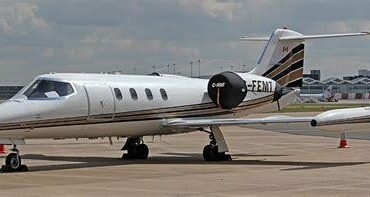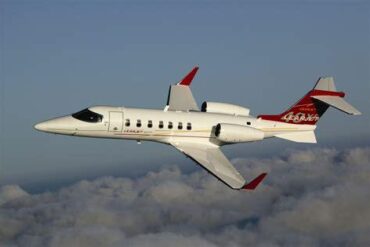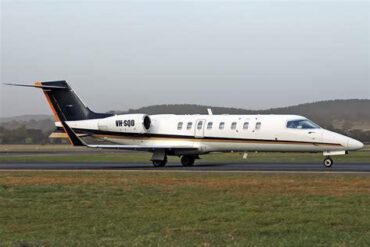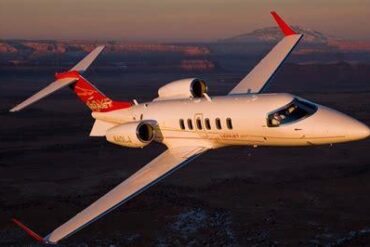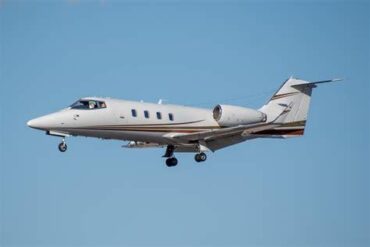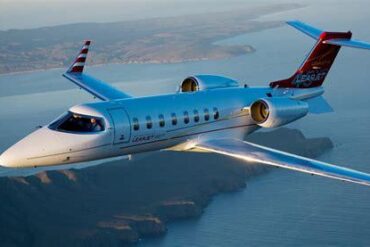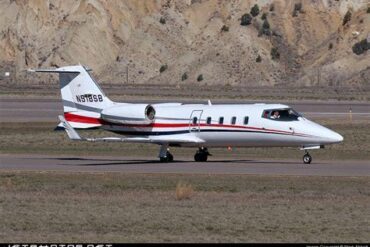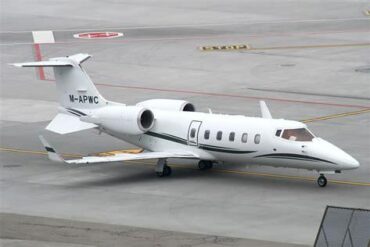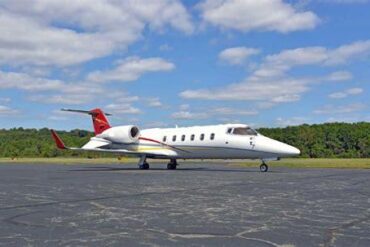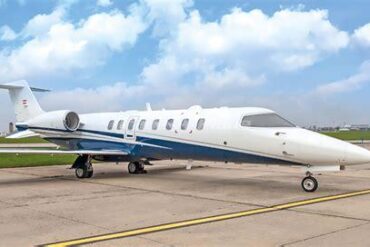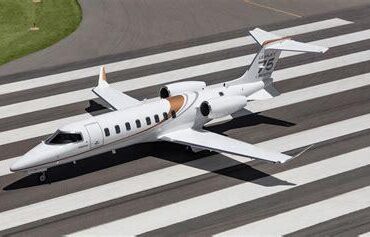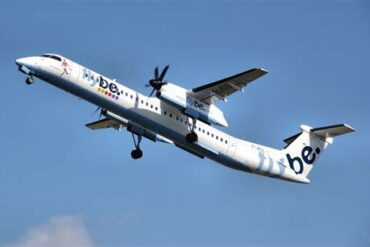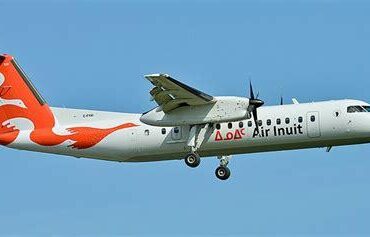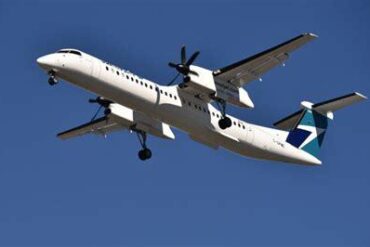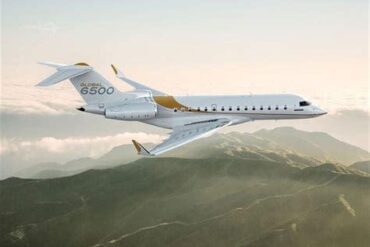The Bombardier Learjet 31AER is a remarkable aircraft that has earned a reputation for its speed, reliability, and luxury. As an essential part of the Learjet family, the 31AER stands out with its advanced features and operational efficiency. This article delves into the price of the Learjet 31AER, along with its operating costs, providing a comprehensive understanding for prospective buyers and operators.
Overview of the Bombardier Learjet 31AER
The Learjet 31AER is a twin-engine business jet that was first introduced in the late 1980s. Known for its superior performance, it boasts a cruising speed of approximately 480 knots and a range of about 1,600 nautical miles. This makes it an ideal choice for both short and medium-haul flights. The aircraft is equipped with twin Williams FJ44-1A engines, which enhance its efficiency and reduce maintenance costs compared to earlier models.
Market Price of the Learjet 31AER
When considering the purchase of a Learjet 31AER, potential buyers should be aware of its market price, which typically ranges between $1.5 million to $3 million. Factors influencing the price include the aircraft’s age, condition, total flight hours, and installed upgrades. For example, a newer model with low flight hours and extensive customization may command a higher price point.
Factors Influencing the Price
-
Aircraft Age: Newer models generally attract a premium due to advancements in technology and efficiency.
-
Condition: Well-maintained aircraft with complete service histories can significantly impact resale value.
-
Upgrades and Modifications: Custom avionics, upgraded interiors, and performance enhancements can increase the aircraft’s market price.
-
Market Demand: Economic conditions and demand for business jets also play a crucial role in pricing fluctuations.
Operating Costs of the Learjet 31AER
Understanding the operating costs associated with the Learjet 31AER is crucial for budgeting and financial planning. These costs can be broken down into several key categories:
1. Fuel Costs
Fuel is one of the most significant operating expenses for any aircraft. The Learjet 31AER consumes approximately 160 gallons per hour (GPH) of fuel. With the average price of jet fuel hovering around $5 per gallon, operators can expect to spend around $800 per hour on fuel alone. Given its performance, this consumption rate is relatively efficient compared to other jets in its class.
2. Maintenance Costs
Regular maintenance is essential to ensure safety and operational efficiency. The maintenance costs for the Learjet 31AER are estimated to be around $300 to $500 per hour of flight time. This includes routine inspections, engine overhauls, and parts replacement. The following factors contribute to maintenance costs:
-
Scheduled Maintenance: Adhering to the manufacturer’s maintenance schedule is crucial for minimizing long-term costs.
-
Unexpected Repairs: Aging aircraft may encounter unexpected issues, leading to additional repair costs.
-
Parts Availability: The cost of parts can vary based on availability, with rare components often commanding higher prices.
3. Crew Salaries
If the aircraft is operated under Part 135 regulations, hiring a qualified crew is necessary. The annual salary for a captain typically ranges from $75,000 to $120,000, while first officers earn between $50,000 and $80,000. This expense can be substantial, especially for operators running multiple flights per day.
4. Insurance Costs
Insurance is another critical aspect of operating costs. The annual insurance premiums for a Learjet 31AER can range from $15,000 to $25,000, depending on factors such as pilot experience, flight hours, and coverage limits. It’s essential to work with an insurance broker who specializes in aviation to secure the best rates and coverage options.
5. Hangar Fees
Storing the aircraft in a hangar is another expense that operators must consider. Depending on the location, hangar fees can range from $500 to $2,500 per month. Major metropolitan areas often have higher costs due to limited space and increased demand.
6. Miscellaneous Costs
Additional costs may include landing fees, navigation fees, and de-icing services in colder climates. These costs can vary widely based on the airports utilized and the number of landings per year. Operators should budget for these miscellaneous expenses to avoid unexpected financial burdens.
Total Estimated Operating Costs
Combining all the above factors, the total estimated operating cost for the Learjet 31AER can be approximated at around $1,500 to $2,500 per flight hour. This estimate includes all major cost components, providing a comprehensive picture for potential operators.
Cost vs. Value Analysis
While the operating costs may appear high, the value offered by the Learjet 31AER is undeniable. With its speed, range, and comfort, it allows businesses to maximize productivity and reach destinations efficiently. The ability to bypass commercial flight restrictions and travel directly to smaller airports further enhances its appeal.
Comparison with Competitors
To fully understand the value proposition of the Learjet 31AER, it is important to compare it with similar jets in the market, such as the Cessna Citation Bravo and Embraer Phenom 300.
Learjet 31AER vs. Cessna Citation Bravo
The Citation Bravo offers comparable performance; however, the Learjet 31AER is known for its superior speed and range, allowing for faster trips. While the Bravo might have lower operating costs, the Learjet provides a more luxurious cabin experience, making it a preferred choice for high-end travelers.
Learjet 31AER vs. Embraer Phenom 300
The Embraer Phenom 300 has gained popularity due to its modern design and fuel efficiency. However, the Learjet 31AER maintains a competitive edge in terms of speed and payload capacity, making it a suitable option for those needing to transport more passengers or cargo over longer distances.
Conclusion
In summary, the Bombardier Learjet 31AER presents a compelling case for individuals and businesses looking for a high-performance business jet. With a market price ranging from $1.5 million to $3 million and operating costs averaging between $1,500 to $2,500 per flight hour, it represents a worthwhile investment for those prioritizing efficiency, speed, and luxury in their travel experiences. Careful consideration of the various costs involved will ensure that operators can maximize the benefits of this exceptional aircraft while managing their budgets effectively.
